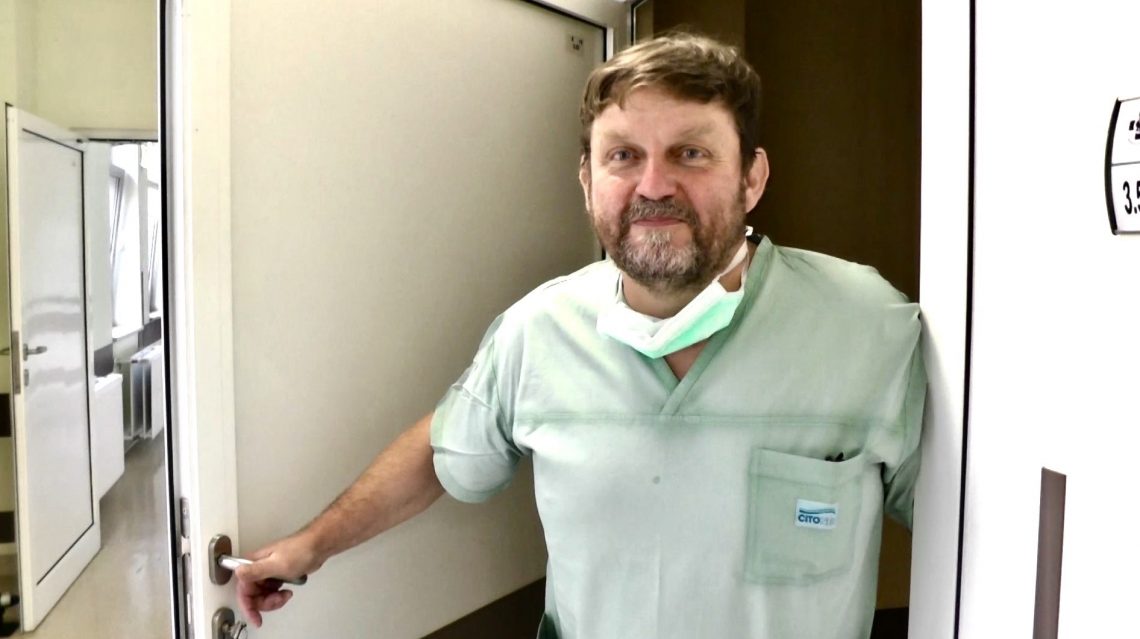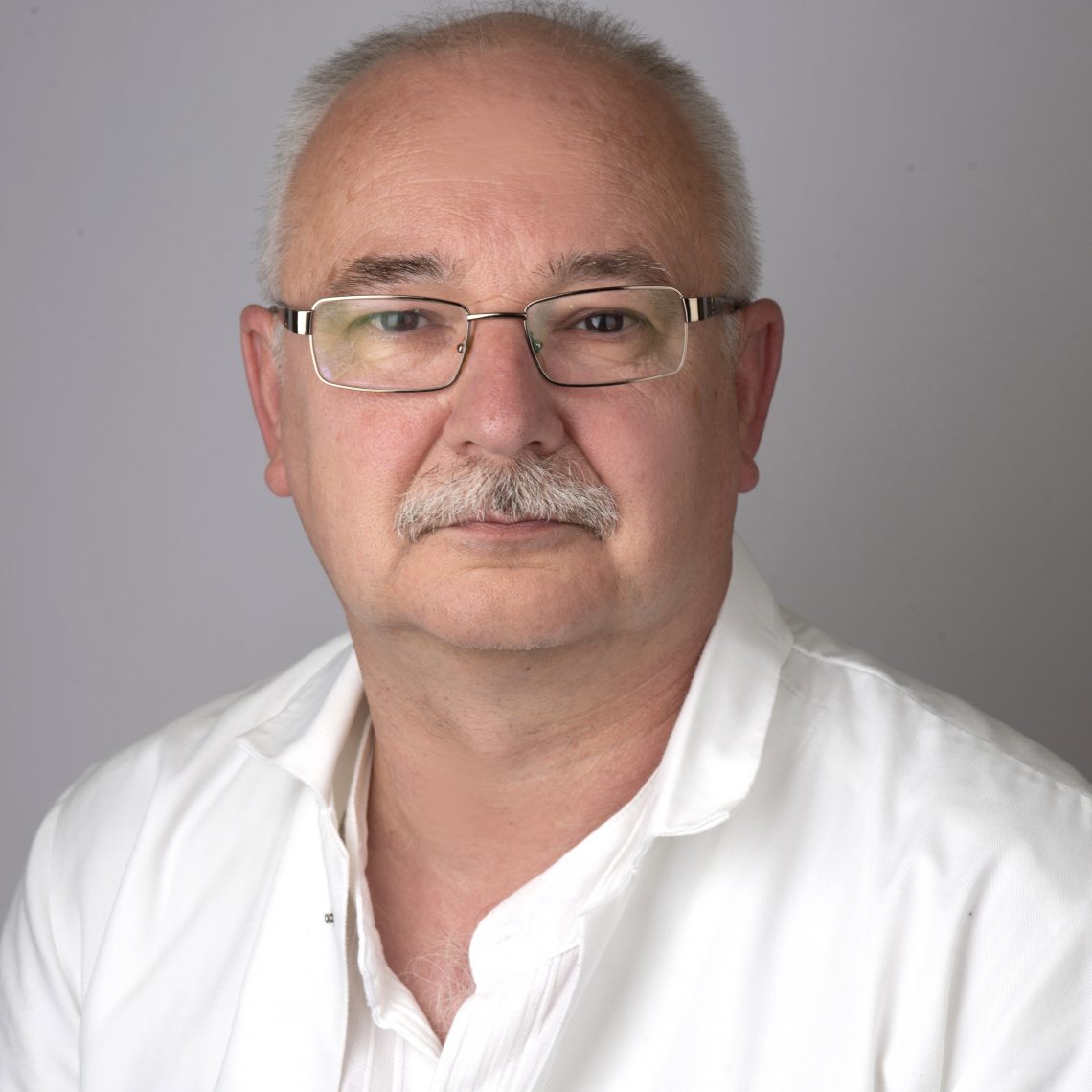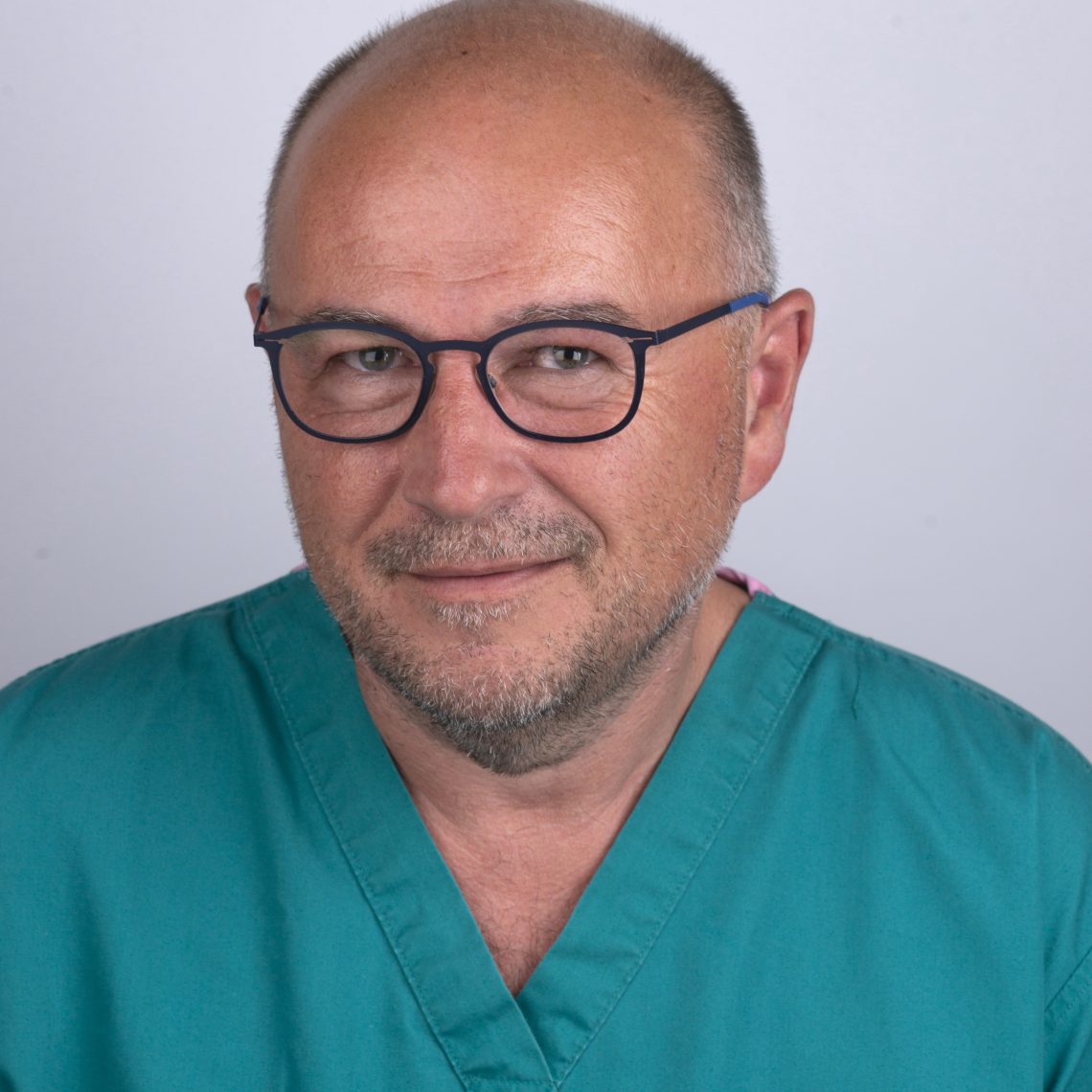Informacje o zabiegu
The inguinal hernia is an indication for operation, due to possibility of its entrapment (condition threatening necrosis in the intestinal hernia). Operational treatment is performed under general or local anaesthesia. The surgical techniques include: applying plastics (Lichtenstein’s method) or traditional with the patient’s own tissues (Bassin’s, Shouldice’s method). The type of method is selected individually for the patient. Treatments with the use of special synthetic grids guarantee faster recovery after the procedure, less painfulness, lower rate of hernia recurrences. However, they require the foreign material to be sewn into the body. The grids used are made of high quality materials. Tightly clogs the hernia and strengthens abdominal. Professional care and post-operative control enable a quick return to the patient’s everyday activities.
The grid cost is included in price.
Wskazania
- hernia should be operated because of the risk of entrapment. In case of hernias with lower fascia loss, the risk of its entrapment is much higher than in case of large fascia defects
Przeciwwskazania do zabiegu
- elimination of the risk of hernia entrapment , which is a life-threatening condition for the patient
- improving living comfort
Przebieg zabiegu
After anaesthesia and reaching the surgical field, the hernial sac contents are moved to the abdominal cavity. Reconstruction of the defect in fascia and its protection is carried out with a non-absorbable material (so called grid) implanted between the respective layers of coatings.
Price:
4700 PLN
Korzyści z zabiegu
- After anaesthesia and reaching the surgical field, the hernial sac contents are moved to the abdominal cavity. Reconstruction of the defect in fascia and its protection is carried out with a non-absorbable material (so called grid) implanted between the respective layers of coatings.
Zalecenia po zabiegu
- appropriate aseptic treatment (disinfection and dressings changes) until sutures are removed
- avoiding effort over a certain period of time – usually around 1 month






